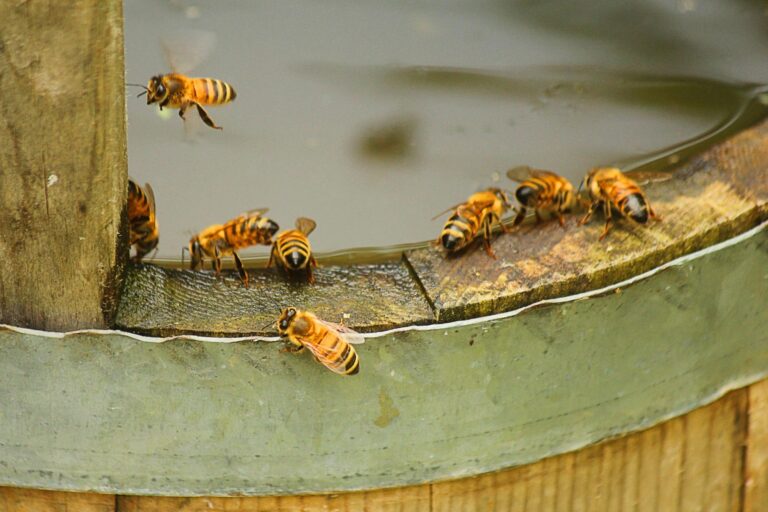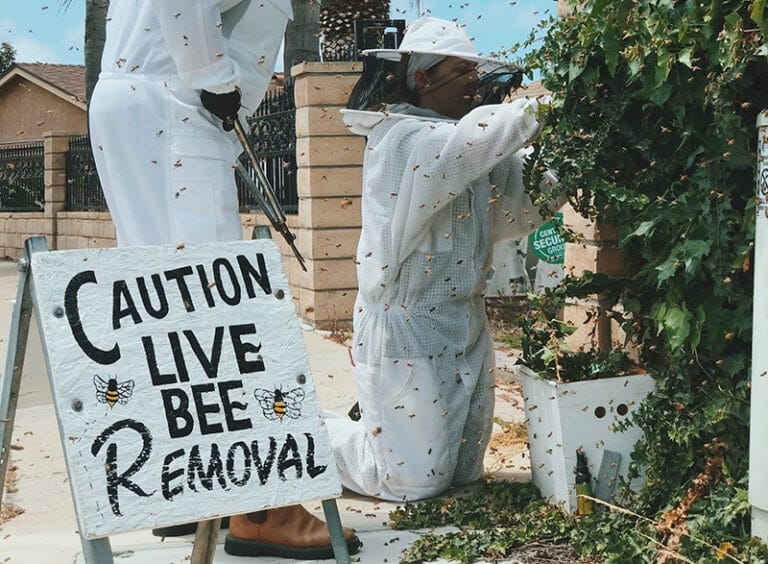The Destructor Threat to Australian Bees
The Destructor Threat to Australian Bees: Varroa Mite Varroa destructor (Varroa mite) is an external parasitic mite that attacks honey bees, Apis cerana and…
The Destructor Threat to Australian Bees:
Varroa Mite Varroa destructor (Varroa mite) is an external parasitic mite that attacks honey bees, Apis cerana and Apis mellifera, and can only reproduce in a honey bee colony. It is also the parasite that has the most devastating effect on the beekeeping industry overall. The mite attaches itself to the body of the bee and weakens it by sucking its blood; this occurs on both adult bees and developing brood, especially drone brood. During this terrible process, viruses spread, such as deformed wing virus. In turn, this process weakens and shortens the bee’s life. The emerging brood may be born without legs or wings or suffering deformations. If the infestation grows, varroa mite can kill whole bee colonies.
Disturbingly, only a month ago, the mite was detected at Port Melbourne in a colony that arrived on a ship from the United States. Australia is actually one of the last remaining countries in the world to be free of the blood-sucking Varroa destructor, which has already devastated bee colonies in New Zealand, the United States, and Europe.
So what threat does the abysmal varroa mite pose to Australian bees, our industry and the environment? As shown in a study conducted by the University of Sydney and the Agricultural Research Service of the United States Department of Agriculture (2012), the threat is major. The study evaluated seven lines of Australian bees and found that none had any resistance to the pest. This confirmed the industry’s worst fears, that Australian honey bees are highly susceptible to the mite. In an example, 44 percent of all the Australian honey bee lines had died in four months after being exposed to the pest; in comparison, 4 percent of the Russian honey bee (the bee most resistant to Varroa destructor, not found in Australia) died over the same period. In other words, the catastrophic implications of this pest invading Australia are very real.
Earlier in the year, I visited beekeepers across New Zealand. I met a commercial keeper while I was there who told me it was costing him over $100 per hive, per varroa mite treatment! On a commercial level, this measure might be carried out. But costs like these would have a severe effect on smaller scale and hobbyist keepers; in fact it is estimated that 50-60 per cent of these keepers and farms would stop operation. Feral hives–of which there are over 1 million in Australia– would be wiped out completely if these naty pests make Australia home. If there has been a time to act to stop varroa mite entering Australia, it’s now!


